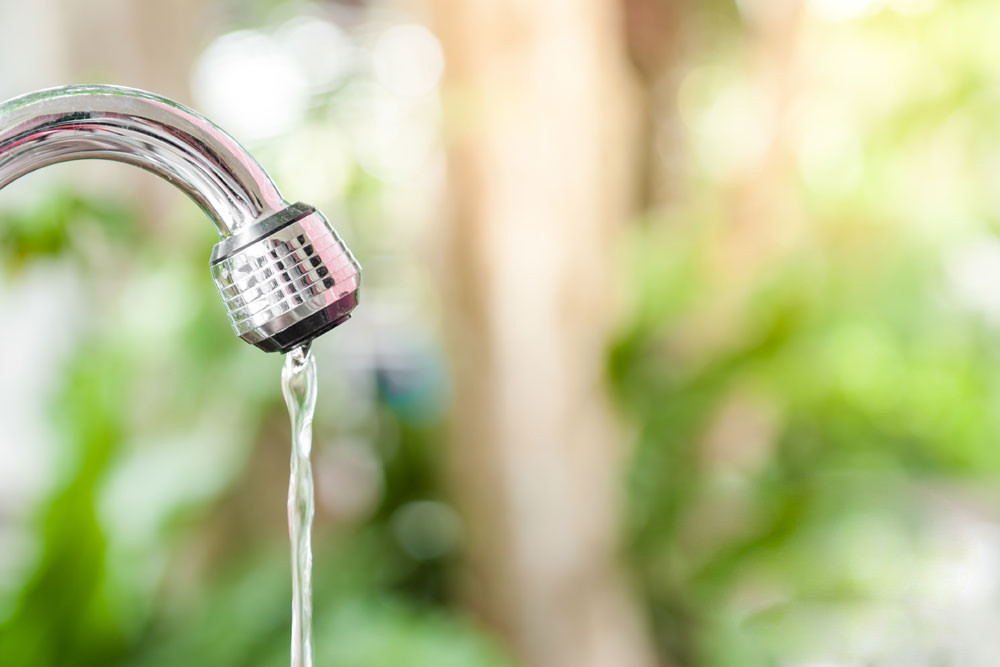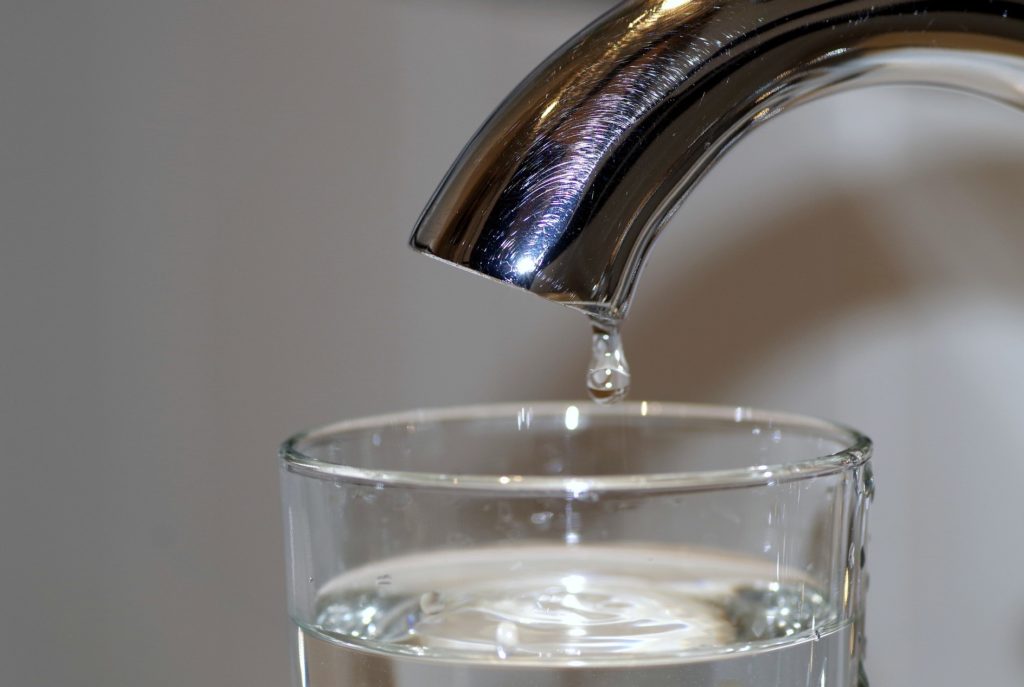My Comprehensive Advice to Dealing with Low Water Pressure in Your Home
My Comprehensive Advice to Dealing with Low Water Pressure in Your Home
Blog Article
Are you currently on the lookout for insight on 4 Ways to Troubleshoot Low Water Pressure?

Low tide pressure in your house can be an irritating problem, affecting everything from showering to cleaning dishes. If you're experiencing weak water circulation, there are several possible causes and options to explore. In this overview, we'll review usual factors for low tide stress and functional steps to resolve the concern properly.
Introduction to Low Water Stress
Low tide stress happens when the flow of water from your taps, showers, and other components is weaker than normal. This can make day-to-day tasks more challenging and less effective. Recognizing the reasons for low water stress is critical to locating the right service.
Usual Root Causes Of Low Water Pressure
Faulty Pressure Regulators
Pressure regulators are accountable for preserving regular water stress in your house. If they malfunction, it can cause low water pressure or uneven flow throughout the house.
Local Water System Issues
Occasionally, the trouble exists outside your home. Local supply of water issues, such as main line leakages or maintenance job, can temporarily minimize water pressure in your area.
Pipe Obstructions
With time, pipelines can end up being obstructed with natural resource, debris, or debris, restricting the circulation of water. This is an usual problem in older homes with galvanized steel pipelines.
Rust
Rust within pipelines can result in leaks and reduced water stress. Rust buildup can tighten water flow, especially in maturing plumbing systems.
Just How to Identify Low Tide Stress
Checking Pipelines
Check noticeable pipes for indications of leaks, corrosion, or blockages. Take note of any uncommon audios, such as banging or rattling pipelines, which could show issues within the plumbing system.
Consulting with a Plumber
If you're incapable to determine the source of low tide stress, think about employing an expert plumber to conduct a thorough examination. They can determine underlying issues and suggest proper solutions.
Inspecting Faucets and Components
Beginning by testing the water pressure at various faucets and fixtures throughout your home. If the issue is separated to specific areas, it might indicate localized troubles.
DIY Solutions to Fix Low Tide Stress
Flushing Water Heater
Debris buildup in the hot water heater can restrict flow and lower efficiency. Flushing the storage tank regularly aids remove debris and preserve ideal performance.
Inspecting Pressure Regulator
Make certain that the stress regulator is operating correctly. Changing or changing the regulator can assist bring back correct water stress throughout your home.
Cleansing Aerators and Showerheads
Natural resources can collect in aerators and showerheads, lowering water circulation. Remove and clean these parts frequently to enhance water pressure.
Clearing Clogs in Water Lines
For minor obstructions, attempt utilizing a plumbing snake or chemical drain cleaner to clear obstructions in pipes. Beware when using chemicals and follow safety and security standards.
When to Call a Professional Plumber
If DIY efforts fall short to solve the issue or if you presume significant plumbing troubles, it's ideal to seek help from a qualified plumber. They have the experience and devices to address complex problems safely and properly.
Preventive Measures to Maintain Water Pressure
Setting Up a Pressure Booster
Take into consideration setting up a stress booster pump to boost water pressure in areas with consistently low circulation. This can be particularly valuable for multi-story homes or homes with high-demand fixtures.
Tracking Water Usage
Bear in mind water usage practices and avoid ill-using the plumbing system. Simple modifications, such as shocking showers and washing loads, can assist preserve appropriate water pressure.
Routine Maintenance
Arrange routine upkeep for your plumbing system to prevent concerns such as corrosion, leaks, and blockages. Addressing minor problems early can help prevent more substantial repair services later on.
Conclusion
Dealing with low water pressure can be frustrating, but identifying the underlying causes and executing appropriate solutions can bring back optimum circulation throughout your home. Whether it's cleansing aerators, checking pipes, or speaking with a plumber, taking proactive steps can guarantee a constant supply of water for your day-to-day requirements.
FOUR WAYS TO FIX LOW WATER PRESSURE NOW
Turning on a shower or faucet only to find the water comes out in a sad, slow drizzle is never a good feeling. How exactly are you supposed to wash a pan or take a quick shower when it takes 10 minutes just to rinse off a little soap? The good news is that when your water pressure is bad, there's always a cause: typically one that can be easily fixed. Here are some of the most common causes of low pressure and what you can do to fix the issue:
DEBRIS AND MINERAL DEPOSIT BUILDUPS
If you notice low water pressure from just one or two of the fixtures in your house, the problem likely has to do with debris buildup. Water is full of minerals and other debris, all of which can accumulate in your pipes and on your fixtures. This can cause a blockage that affects how much water flows through. To fix this, try filling a small plastic bag with white vinegar, and use a rubber band to hang it around your showerhead or faucet. Let the head of the fixture soak for a few hours, and the vinegar should loosen the deposits.
WATER LEAKS
Leaks are another common cause of low water pressure. If water is flowing out of your plumbing through a hole or crack before it can reach your fixture, the pressure coming out of the faucet or showerhead will be lower. A plumbing professional is your best bet for finding and repairing a leak in your water supply pipes.
Leaks are another common cause of low water pressure. If water is flowing out of your plumbing through a hole or crack before it can reach your fixture, the pressure coming out of the faucet or showerhead will be lower. A plumbing professional is your best bet for finding and repairing a leak in your water supply pipes.
A VALVE ISSUE
If you have low water pressure throughout your home, check your main shut-off valve to make sure it's completely open. You may also want to see if there's a pressure-reducing valve installed. If there is, have a plumber help you adjust the settings to get the pressure you're looking for.
OTHERS USING WATER
Believe it or not, your low water pressure could be caused by your neighbors. If you notice low pressure at certain times of day, it may be because you and the people living next to you have similar schedules - when everyone is showering at the same time, the pressure will be lower in every home. Low pressure throughout the neighborhood may also be caused by an issue with your municipal water supply. If that's the case, call the supplier to see if they're working on the issue.
https://www.rotorooter.com/blog/water-leaking/low-water-pressure-fixes/

I'm just very eager about Dealing with Low Water Pressure in Your Home and I'm hoping you liked the entire blog post. Loved our article? Please quickly share it. Help another person discover it. Thank you for taking the time to read it.
Free Quote Report this page